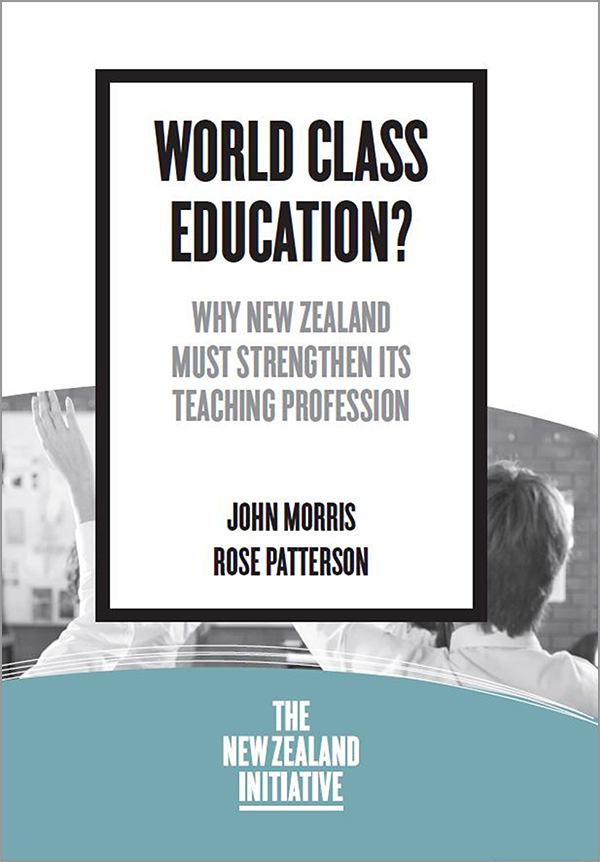Why is NZ shedding talented teachers?
- NZ has a high quality but unequal education system
- It fails too many Māori and Pasifika students, with wide gaps in performance
- Policies to attract, retain and develop talent are needed to tackle the problem
This report, written by John Morris and Rose Patterson, identifies the critical junctures where teaching quality can be influenced, and the organisations that have the power to strengthen the teaching profession.
This is the first in a series of three reports, which will use comparative research to explore how leading jurisdictions attract and retain world class teaching talent, and how these policies can be applied to New Zealand.
NZ is a top-performing system
- NZ’s 15-year-olds rank among the top performing countries in reading (7th), science (7th) and mathematics (13th)
- NZ (along with Shanghai and Singapore) has the highest proportion of top readers (one in six)
But the system is not reaching everyone
- NZ has one of the largest gaps in the world between high- and low-performing students
- The 2009 PISA study of 15-year-olds showed NZ has one of the widest ranges of reading scores in the OECD
- Māori and Pasifika students are consistently less successful than Pakeha and Asian students at all three levels of NCEA and they do not perform as well in international tests of achievement
Teachers are the education system’s most valuable asset
- A meta-analysis of half a million studies found teachers were the most important in-school factor for student achievement
- Teacher salaries make up 61% of the education budget NZ has good quality teachers, but we can improve in key areas
- Our teachers are highly qualified - 86% hold a bachelor’s degree
- But one-third of year nine mathematics teachers do not have a mathematics qualification
- 18% of schools say a lack of mathematics teachers hinders the ability to teach the subject
- The quality of teacher education is variable - only 57% of schools are satisfied with the quality of teacher graduates
- Low expectations of Māori and Pasifika students are partly to blame for low achievement
We struggle to attract and retain talent
- Despite the importance of teachers, their status in NZ is low, and has been eroded by top-down changes
- Teacher morale in secondary schools slipped from 70% in 2009 to 57% in 2012
- Teacher appraisal is a ‘tick the box’ exercise. It is rarely used as a tool for development and only 5% of teacher goals are related to student outcomes
- There is a lack of career structure and recognition of excellence. The pay scale sends a signal that teachers have reached their maximum capability after eight years
Why this matters
- As the ageing teaching workforce moves into retirement, we will need to refresh the teaching pool
- Furthermore, we need to attract the best and brightest into the profession if we are to lift student achievement from its current level
- Much of the problem lies with the system, not teachers, and this where the focus should fall
- All stakeholders, including the unions and government, have an important role to play in lifting the quality of our most important education resource




